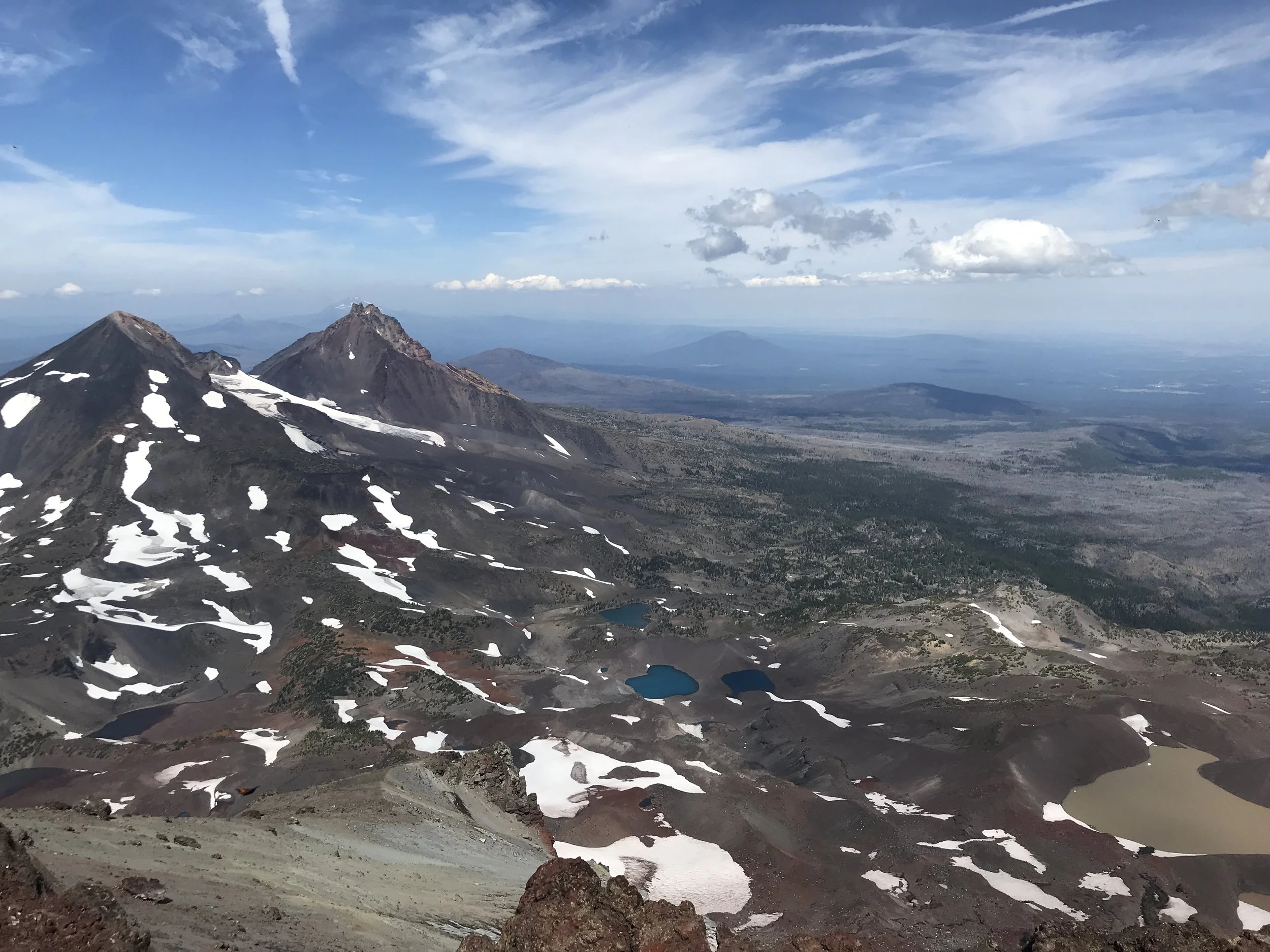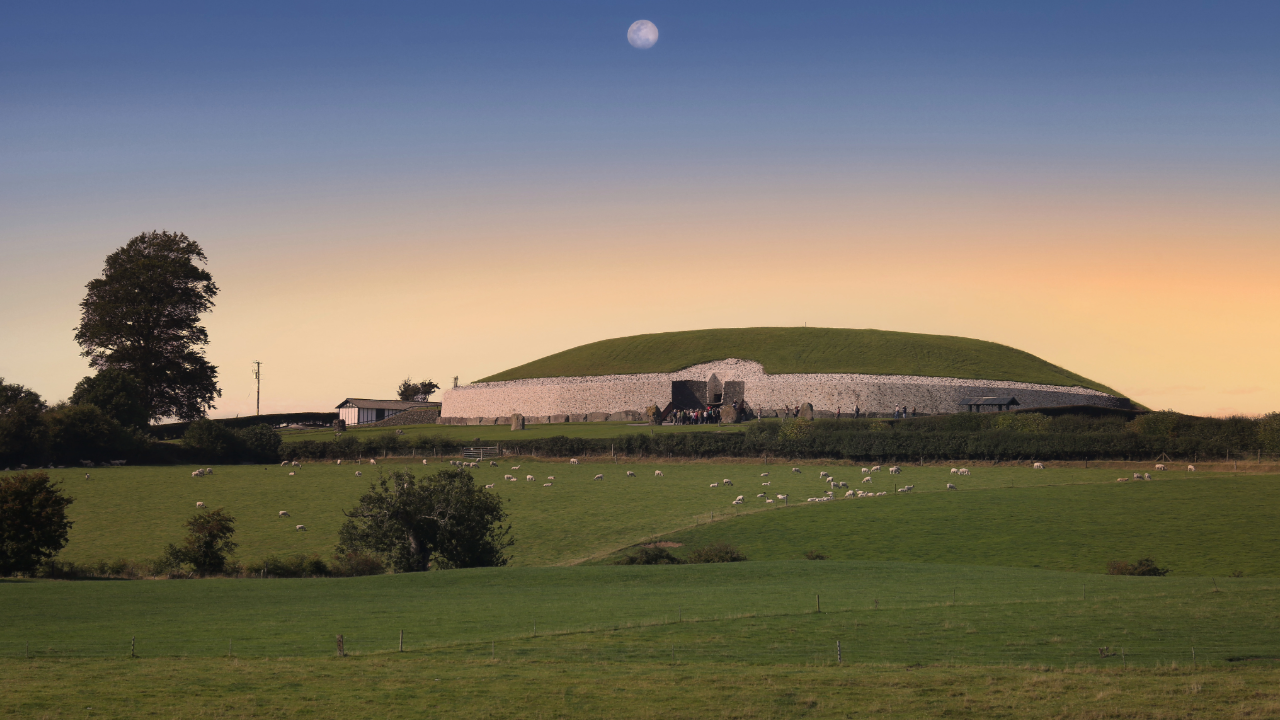What Are Liminal Spaces and How Witches Work with Them
What Is Liminal Space?
Liminal space is somewhere that boundaries are more permeable and magic is more accessible. That could be liminal spaces in the landscape, your home, liminal times of day, or liminal times in the spiral of the year. It is a place or time that is betwixt and between.
It’s a place or time where there is a wider net of energies to draw on. A place where you are between landscapes, times, or energies that are vastly different from one another. Or a time where whatever is happening is not what it has been, but not yet what it will be. As witches, we seek liminality to do our magic, spells, or rituals.
Liminal spaces and times allow spirits from the other world to more easily enter our realm, to be seen, and communicated with. And they are times and places we can journey into the spirit or astral with ease if we know how. Or sometimes by accident.
Sometimes we might choose to just pause and reflect on the way things are shifting, gather info, or integrate what has been. The word liminal comes from the Latin limen, meaning "threshold."
Liminal Places in the Landscape
The land itself is full of liminal spaces. That can be a change in the type of ecosystem, like where the forest meets the meadow. A clearing in the woods. The margin where sea meets shore and riverbanks, crossroads, or marshes.
Often, any type of lake or cave was seen as a portal or gate to the otherworld, and these were considered liminal spaces. Offerings were made to spirits in waterways, and rock carvings and paintings were made by early people to mark underground portals and liminal spaces.
If you are a hedgewitch, your journey between the worlds might be enhanced by finding a liminal spot in the landscape. Make offerings to the space and begin your journey.
Working in a liminal space in the landscape is also helpful if you want to do divination or visioning. Especially if you want to know about changes to your life’s path. Doing this work during a liminal time can also help. I find invoking liminality helps intuitive info flow easier.
Lascaux cave art
I know, as an herbalist and nature lover, that the greatest diversity in the physical realm exists where two ecosystems meet. And that where edges meet, change is possible and likely. And to me, that is true magically as well.
And sometimes there are places in the landscape where it seems like the otherworld and this world overlap. Those places were and still are referred to as “thin” places.
In some places, the tops of certain mountains were seen as places where the Gods dwelt and might be off-limits to humans or only accessible during rituals.
Top of South Sister
Some of the very old Neolithic structures I visited in England and Ireland had a very strong magical quality, and were clearly liminal or thin spaces where the worlds overlapped. Newgrange had a really strong energy to it that felt like I was simultaneously being pulled down and up, sort of like being in an elevator.
Any of these things can, of course, be human projections, but I have to say I was absolutely not expecting that inside Newgrange, because you are with about 20 other people and a tour guide narrating the whole time, with cameras flashing. Nonetheless, it was a very distinct sensation.
My personal belief is that my distant Neolithic ancestors either knew how to create structures that drew in liminal power or were able to build stone monuments on “thin” sites without disturbing the energy.
And several times I have been in the woods and felt the energy shift, soften, and open for no apparent reason.
When you enter a place in the landscape that feels liminal, always take a minute to pause and see if it feels right for you to be there. Perhaps give an offering. This is just good manners and part of interacting respectfully with the spirits present. And it’s also a good way to stay safe. Not all liminal places are for humans. If it feels off or you're not sure, respectfully retreat.
Liminal Spots in the Home
Historically, any entrance to the house was considered liminal. Windows and doorways. Even the chimney. There is so much folklore about chimneys and they were often places where offerings were given to ancestors or house spirits.
Liminal spaces are good places to put up protective charms to keep the house safe. Thresholds at the entrance often had offerings or sacrifices laid under them or on them when the house was being built, and these practices continued long after.
Some examples include:
The Greeks made a ritual meal to Hecate and offered it outside the door at the threshold on the dark moon.
Among the early Romans, the doorway was placed under the protection of the Gods and seen as the domain of the Manes, the benevolent protector ancestors and household deities.
Doorway, window, and threshold protection practices are found across much of Europe and the Mediterranean and are still practiced today.
In modern witchcraft, we might use simple versions of these practices, such as:
Anointing doorways and windowsills with protective oils, like St. John's wort oil with a little cinnamon oil added
Hanging herbal charms, garlands, swags, or sticks with sigils or runes above doors and windows
What are Liminal Times?
Witches are practical; we do magic when we can and when we need it. But we often choose certain moments in time that are more powerful or are seen as liminal.
Doing magic at liminal times can help beginner witches or those who are fatigued draw in a bit more power to a spell or ritual. Dawn and dusk are the two most powerful liminal times of day, in my opinion. The times that are neither day nor night.
In fact, the word twilight comes from the Old English root twi, meaning two or half, combined with the word light. For years, I insisted on using the made-up word luminal time for this part of the day because to me, everything had a soft luminous glow.
Noon is seen as a liminal time because the sun stops “waxing” and starts to descend into the afternoon. And midnight is also considered a liminal time, but I personally don’t feel that as much since midnight doesn’t always actually occur halfway between dusk and dawn. But it's long been considered the witching hour, so if it feels powerful to you, use it.
For some people, the full moon and the dark moon are considered liminal. They are midpoints where the energy shifts from waxing to waning or waning to waxing, which is why they are so powerful.
I usually use moon phases more for their magical properties than as liminal times, but full and dark are definitely powerful phases.
And liminal times can also be major turning points in the spiral of the year. Each region or part of the world has its own liminal points based on when the seasons change. I happen to live in a region where the wheel of the year, which is a Wiccan construct, works really well with the seasons. But that’s not true in all parts of the world.
Tropical regions or places that have a rainy season and a wet season will have liminal points that feel very different from the Eurocentric model and will have their own regional celebrations, practices, and beliefs about how to work with those liminal points.
In European traditions, Celtic culture had four major holidays that were seen as liminal points:
· Samhain in October
· Imbolc in February
· Beltaine in May
· Lughnasadh in August
The strongest liminal times were Samhain, which was the entrance to the dark half of the year, and Beltaine, which was the liminal gate into the bright part of the year. This meant the barrier between the spirit realm and the human realm became much more permeable, allowing spirits to more easily enter our world.
And in a lot of Celtic folklore and a few folk tales, any liminal time was a moment when humans could be swept into the Otherworld, the land of the ancestors, or the realm of the fae.
How to Work with Liminal Times
As a witch, you can make some commonsense observations about the type of energy liminal times hold just by thinking about what those times mean to you and base your spell timing on that.
For instance, at dawn the day is starting and the energy is about freshness and beginnings, so you might time spells for dawn like spells that you want to grow and increase.
At noon, you might call on that liminal moment when the sun is at its peak to do spells around vitality, health, and strength. At sunset, you might choose to do reflective magic, divination, or spells to release.
And you can do the same with seasonal turning points, since they are liminal as well. Just notice what is happening in nature, what the shift feels like, and go from there.
One example is using the fall equinox for abundance spells, drawing on the energy of the year's harvest being at its peak, if that’s what is happening where you live.
Knowing about liminal times can also be helpful for planning rituals to celebrate the season. Working with them can strengthen your magic and enhance your intuition by allowing you to notice subtle shifts in the energy around you. But they will be different everywhere. It’s up to you to find the ones that hold meaning for you in your life and the region you live in.
Walk the shadows as well as the light!
Colette Gardiner
© Copyright ~ Colette Gardiner Golden Web LLC 2025










